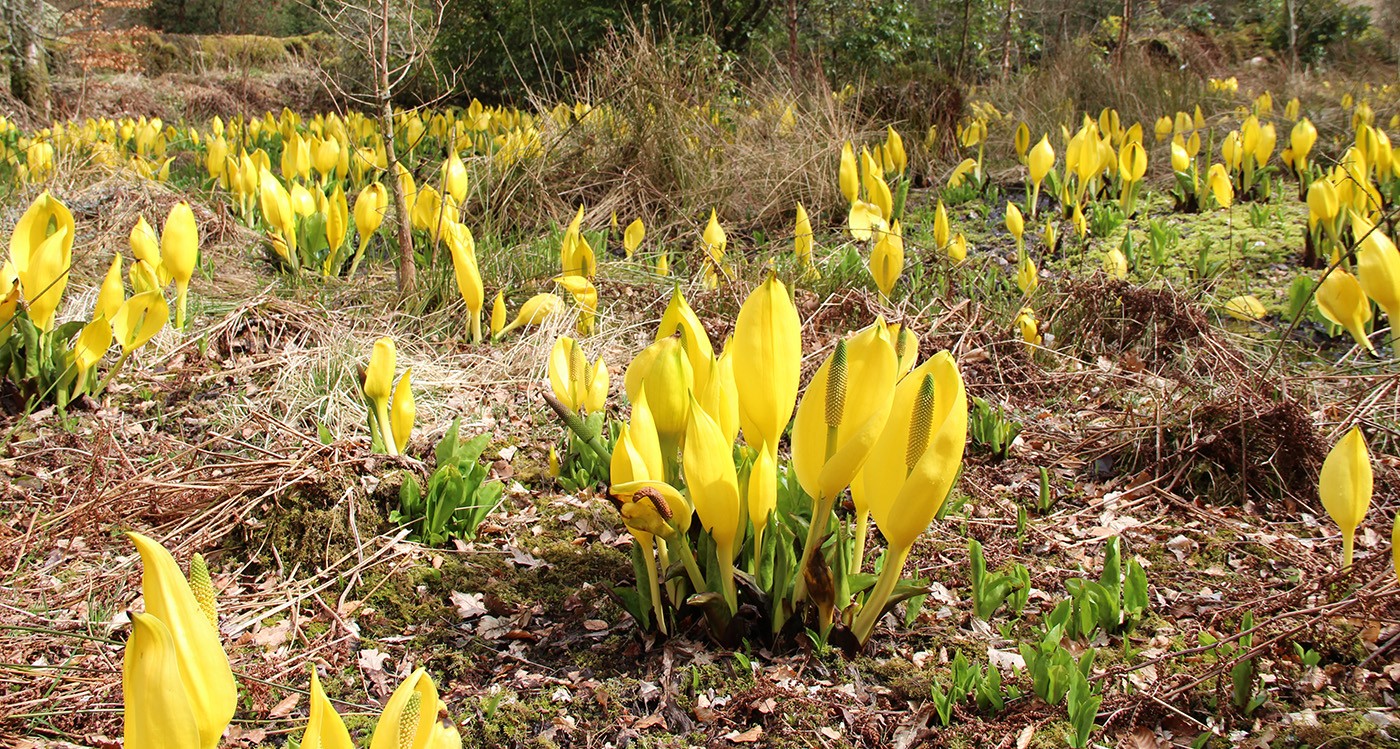
REGULATION (EU) No 1143/2014 OF THE EUROPEAN PARLIAMENT AND OF THE COUNCIL of 22 October 2014 on the prevention and management of the introduction and spread of invasive alien species
This EC legislation on the prevention of the spread of invasive or potentially invasive plants could be seen as too little too late, as so many invasive plants and animals are already in the EC, but it is, in theory, sensible legislation. What would be more sensible would be to take plant heath as seriously as it is taken in California, Australia and New Zealand and more or less prohibit the importation of live plant material from outside the EC. At present vast numbers of plants with soil are flown into Europe from North America, Asia and Australia with perfunctory plant health testing, when compared to plant material going the other way. This does not make sense. Once invasive plants, animals and diseases take hold, it is virtually impossible to eradicate them from anywhere but small islands. And eradication is prohibitively expensive.
In addition, the proposal in EC law is to make all legislation ‘EC wide’. So any plant which is invasive anywhere in the EC will be illegal anywhere in the EC. It would certainly be sensible to ban the sale and planting of R. ponticum in regions where it is invasive: in mild high rainfall areas such as Bretagne, France, Western Britain and Ireland. Elsewhere it is little grown and shows no sign of invasiveness. It is not hardy enough to survive in much of Northern Europe.
|
‘(Para 18) |
The risks and concerns associated with invasive alien species represent a cross-border challenge affecting the whole of the Union. It is therefore essential to adopt a ban at Union level on intentionally or negligently bringing into the Union, reproducing, growing, transporting, buying, selling, using, exchanging, keeping and releasing invasive alien species of Union concern in order to ensure that early and consistent action is taken across the Union to avoid distortions of the internal market and to prevent situations where action taken in one Member State is undermined by inaction in another Member State’ |
What is of most concern is that the EC legislation proposes that the law applies to all hybrids of invasive species, not just to the species itself. R. ponticumis included in the parentage/genes of hundreds of Rhododendron hybrids, none of which is invasive like its parent, as I have discussed. The most sold rhododendron in Europe ‘Cunningham’s White’ is a hybrid of R. ponticum. In theory its sale will be outlawed under this legislation. This is used as a rootstock in Germany and elsewhere so probably 80% of rhododendrons in Germany are grown on a rootstock which in theory is to be banned. James Cullen’s paper on R. x superponticum erroneously claims that the invasive R. ponticum is a hybrid. This paper incorrectly adds weight to the EC argument about including hybrids of invasive species in the legislation. My firm position is that the invasive plant is almost exclusively pure R. ponticum var.baeticum and that any hybridity in fact makes it non-invasive.
Another interesting issue in the legislation is whether R. ponticum can be included at all, as it is an EC native plant.
Invasive alien species shall only be included on the Union list if
|
(a) |
they are found, based on available scientific evidence, to be alien to the territory of the Union excluding the outermost regions; |
As R. ponticum occurs in Spain and Portugal and Bulgaria, as well as parts of Turkey and Georgia. R. ponticum is an European and EC native and as such cannot be considered an alien or exotic invasive species. Whether R. ponticum can be included or not depends on the definition of ‘outer regions’. I’m not convinced that Spain and Portugal will agree to being defined as the EC’s ‘outer regions’. Legally I don’t think the EC has a strong case for this plant’s inclusion. That is not to say that I don’t support its banning. I do. I just think that the legislation is flawed.
The Royal Horticultural Society is working closely with other horticultural organisations, and has submitted evidence to the House of Commons Environment Audit Committee, on proposed EU regulation on invasive non-native species.
The regulation contains a provision to create a list of species of ‘Union Concern’ for which strict controls would be put in place. As a significant number of invasive non-native plants arise from horticulture, the RHS is keen that the decision-making process for listing is transparent and evidence-based.
The new regulation, which will be voted on by the European Parliament in April, would effectively ban species of ‘Union Concern’ from being brought into, transported, or even possessed within the EU. This ban on possession would go far beyond the existing regulation on invasive non-native species in England.
As the regulation currently stands it is unclear how many species will be subject to the ban, or the process for including species on any list. Of the options under consideration, the RHS favours a ‘black list’ approach, that would see plants that present a clear environmental threat being restricted. Other options include the ‘white list’ approach, that would see all plants being assessed before they could cross international borders.
The RHS is also keen that a robust and evidence-based approach is taken in the selection of these plants and is urging the EU to draw on its internationally recognised expertise in taxonomy to ensure plants on the list are correctly identified and named.
The charity also believes that it is crucial that any EU Regulation recognises unique regional climatic and environmental conditions in order to avoid ornamental plants, which pose no threat in the UK, being banned because they are considered a problem in other EU countries.